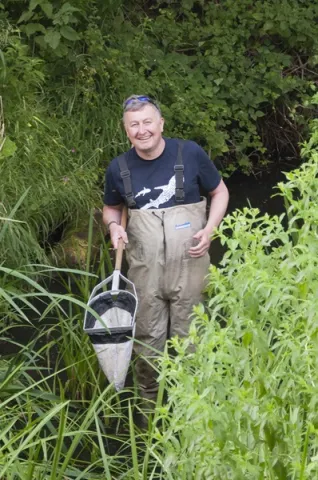About the project
Ecosystems are widely impacted by anthropogenic activities, including the release of chemicals. Scyphozoan jellyfish, in particular the common jellyfish Aurelia spp., are widespread in coastal environments subjected to a range of natural and anthropogenic stressors. Their complex life history consists of an annual medusa and perennial polyp. This makes them a valuable model organism to gain a mechanistic understanding of the effects of anthropogenic inputs on distinct life stages of a widely-distributed bentho-pelagic invertebrate.
Coastal and estuarine systems are highly variable systems often subjected to anthropogenic inputs of a wide range of organic and inorganic contaminants including pesticides, pharmaceuticals, metals, hydrocarbons and microplastics. These have the potential to result in significant ecological and socioeconomic consequences for these habitats. Thus, it is vital to improve our understanding of how individual species and populations respond to different types of anthropogenic contaminants both alone, and in combination.
The common jellyfish, Aurelia spp. is a widely distributed scyphozoan, with species found in many of the world’s coastal seas. It is tolerant to a wide range of abiotic and biotic conditions and is even thought to benefit from man’s activities (e.g., aquaculture, hard engineering). An area that is under-studied is the effect of different contaminants on Aurelia. Typical of most scyphozoans, Aurelia’s metagenic life cycle alternates between a perennial benthic asexually-reproducing polyp and an annual pelagic sexually reproducing medusa, making it a fascinating model organism on which to test hypotheses relating to how chemical contaminants affect organisms and populations in relation to their habitat and mode of reproduction.
This project will use multi-factorial experiments to gain a mechanistic understanding (at molecular, physiological and ecological levels) of responses of all life history stages of Aurelia to several key contaminants (e.g., pesticides, pharmaceuticals) at environmentally-relevant concentrations and will explore whether microplastics act as vectors to enhance contaminant toxicity. Ultimately the work will improve the mechanistic understanding of how contaminants affect key organisms, which is required to inform management and conservation.
You will also be supervised by organisations other than the University of Southampton, including Dr Alice Horton from the National Oceanography Centre.

